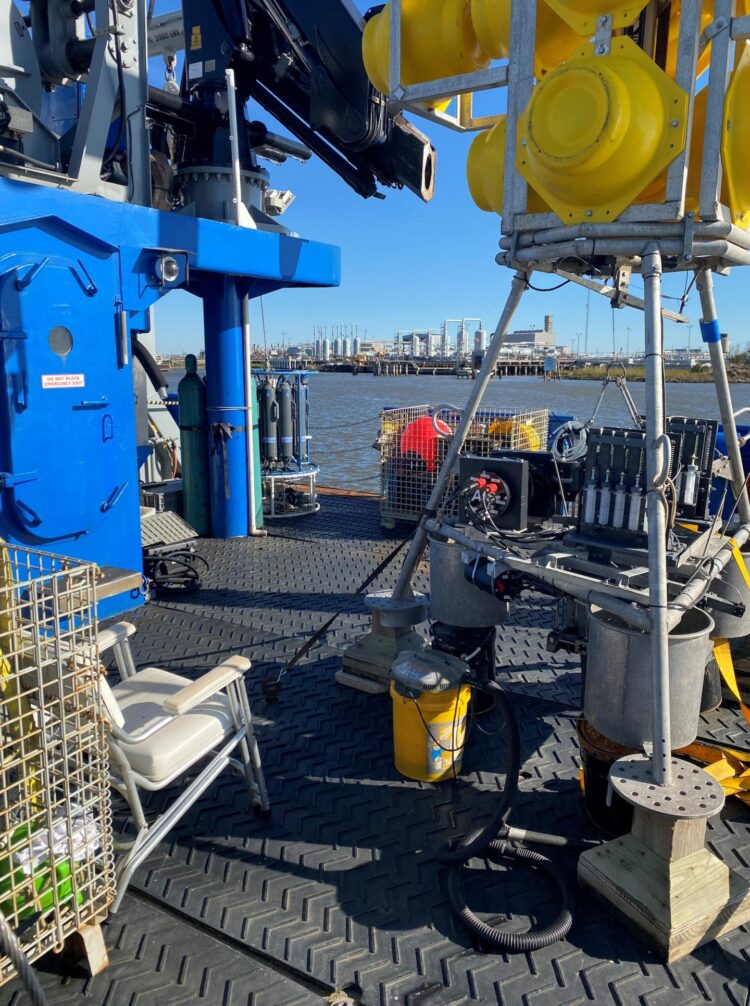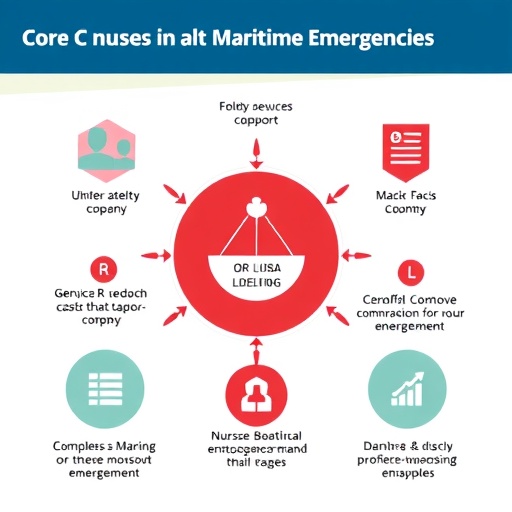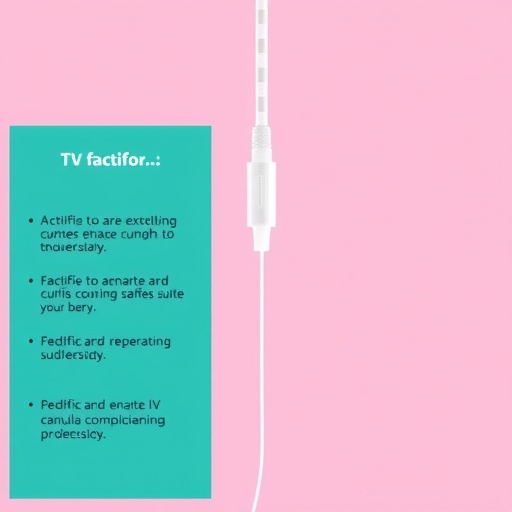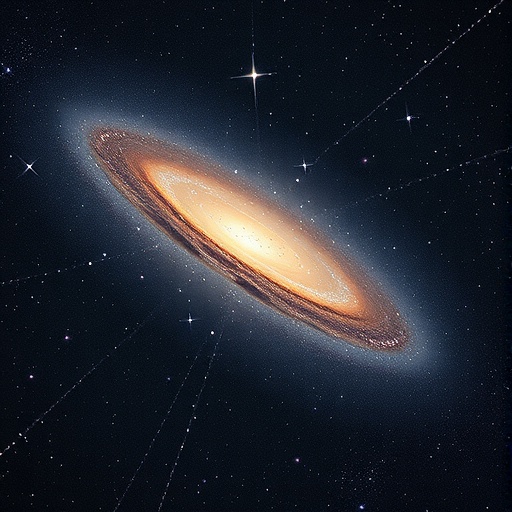FAU harbor branch gulf of Mexico project among 10 grants in the nation and the only university in Florida selected by NASA
One potentially underappreciated carbon source, the underlying marine sediments, may be particularly impacted under these conditions and may play an outsized role in the overall carbon budget. Satellite remote sensing is often used as a tool to characterize and quantify the various sources of carbon in coastal regions by measuring colored dissolved organic matter (CDOM) – more colloquially known as the “brown stuff” in rivers in Florida and beyond. However, it is not currently possible to discriminate between sediment-derived carbon versus other sources.
Using satellite images, hydrodynamic modeling and field work, scientists from Florida Atlantic University’s Harbor Branch Oceanographic Institute are setting out to quantify this sediment carbon contribution, make historical reconstructions, and contribute to future projections of the coastal budget. They have received a three-year, $736,000 grant from NASA’s Minority University Research and Education Project Ocean Biology and Biogeochemistry (OCEAN). FAU is one of 10 universities in the nation and the only university in Florida to receive this grant in support of NASA’s Science Mission Directorate in seeking a better understanding of the ocean’s role in the Earth system.
If successful, this research in the Gulf of Mexico’s hypoxia region off the coasts of Texas and Louisiana may demonstrate not just the ability, but also the utility, of remote sensing as an observational technique for characterizing potentially critical but often neglected carbon cycle processes related to marine sediments. Marine sediments are essentially a permanent means for carbon removal from the surface of the Earth over geological timescales. Yet, a changing climate, coastal eutrophication (i.e. excess nutrient inputs), and processes such as trawling are reducing their carbon storage capacity, resulting in the “browning” of coastal waters.
The FAU Harbor Branch project targets a NASA objective to “Improve understanding of carbon cycle processes and feedbacks in aquatic critical zones that are particularly vulnerable to environmental changes.” Aquatic critical zones are regions where important biogeochemical and physical processes take place and together regulate the functionality of aquatic ecosystems.
The FAU Harbor Branch team includes: Veronica Ruiz-Xomchuk, Ph.D., a postdoctoral fellow who will lead the technical research aspects as the scientific principal investigator who has expertise in physical oceanography and ocean modeling; Jordon Beckler, Ph.D., the project’s primary principal investigator and an assistant research professor and a fellow of FAU’s Institute for Sensing and Embedded Networks Systems Engineering (I-SENSE) who has expertise in chemical oceanography and sediment geochemistry; and Tim Moore, Ph.D., co-principal investigator and a research professor who has expertise in ocean color and bio-optics.
The team is collaborating with Martial Taillefert, Ph.D., Georgia Tech, who is the chief scientist for a series of National Science Foundation-funded oceanographic research cruises that will be used to explore effects of ocean acidification on sediment processes. Taillefert has invited the FAU team onboard to leverage this campaign, allowing for the “groundtruthing” of the satellite observations using corresponding measurements obtained directly within the water.
Researchers will combine these sediment flux measurements with more than 20 years of ocean color satellite data and modeled ocean current dynamics to simulate this carbon transport, while additionally ensuring to account for other potentially confounding carbon sources such as river inputs. The research team will then extrapolate these sediment measurements across the entire study region over various timescales to corroborate satellite-derived estimates.
“We’ve seen huge inventories of darkly colored pore water in coastal ocean mud, which we know is CDOM, and I couldn’t help but wonder to what extent this carbon could be escaping across the sediment surface and affecting the optical properties of the ocean,” said Beckler. “However, it isn’t yet possible to directly implicate the sediments over large areas by just looking at satellite images since they aren’t able to ‘see’ more than a few meters below the surface of the ocean. The hydrodynamic model uniquely allows us to bridge the gap between the seafloor and the surface ocean. This is an exciting new avenue for my own sediment-centered research – and a topic that is rather unconventional with regards to NASA’s typical project portfolio.”
An important aspect of the project is the STEM engagement (science-technology-engineering-mathematics) portion that is weaved throughout the research and involves FAU’s PK-12 schools and educational programs. The vast majority of work effort will enhance the capacity for STEM research and educational opportunities for underrepresented groups and will create many opportunities for student/intern engagement regarding ocean issues and experiential learning opportunities and the use of NASA products. The students also are invited to participate in the research cruises, depending on the school year schedule.
“Receiving funding from NASA for this innovative proposal is very exciting because, if we are successful, results from our project will have a tremendous impact on scientific inquiry from space to the seabed,” said James Sullivan, Ph.D., executive director, FAU Harbor Branch. “We will know whether or not sediment-derived colored dissolved organic matter is routinely visible in the northern Gulf of Mexico.”
FAU is the most racially, culturally and ethnically diverse university in Florida. In 2016, the FAU College of Engineering and Computer Science received designation as a Hispanic-Serving Institution (HSI) by the United States Department of Education, only awarded to colleges and universities with enrollment of full-time Hispanic undergraduate students of at least 25 percent. This year, FAU’s College of Engineering and Computer Science was recognized as a national leader in diversity in engineering by the American Society of Engineering Education.
###
About Harbor Branch Oceanographic Institute:
Founded in 1971, Harbor Branch Oceanographic Institute at Florida Atlantic University is a research community of marine scientists, engineers, educators and other professionals focused on Ocean Science for a Better World. The institute drives innovation in ocean engineering, at-sea operations, drug discovery and biotechnology from the oceans, coastal ecology and conservation, marine mammal research and conservation, aquaculture, ocean observing systems and marine education. For more information, visit http://www.
About Florida Atlantic University:
Florida Atlantic University, established in 1961, officially opened its doors in 1964 as the fifth public university in Florida. Today, the University serves more than 30,000 undergraduate and graduate students across six campuses located along the southeast Florida coast. In recent years, the University has doubled its research expenditures and outpaced its peers in student achievement rates. Through the coexistence of access and excellence, FAU embodies an innovative model where traditional achievement gaps vanish. FAU is designated a Hispanic-serving institution, ranked as a top public university by U.S. News & World Report and a High Research Activity institution by the Carnegie Foundation for the Advancement of Teaching. For more information, visit http://www.
Media Contact
Gisele Galoustian
[email protected]






